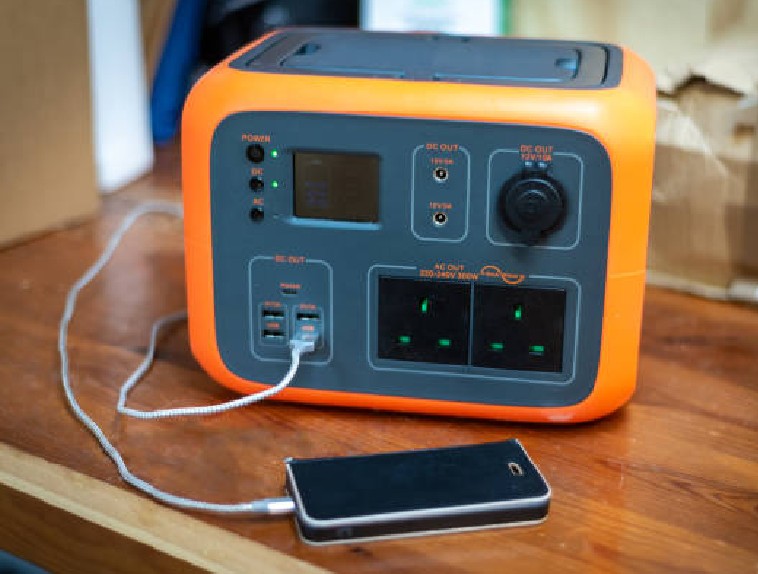It is becoming ever more difficult to protect one’s personal information. In 2012, 16.6 million identity thefts were reported by Identity Theft Stats at an estimated $50 billion in damages (stats for 2014 were not available at this writing). It seems like every week we hear about someone hacking into a company’s computer system and stealing customers’ credit card and personal information. This has become so common that we are all looking for ways to prevent these invasions.
Likewise, companies’ trade identities are being taken, and the use of intellectual property without permission is becoming a frequent occurrence. We read about lawsuits involving companies and organizations suing over copyright and patent infringements.
Given this scenario, how important is it for IAEI to protect its trademarks and intellectual property? As a non-profit organization, do we have to worry? Absolutely! Our future as an organization depends upon us protecting our trademarks and the intellectual property housed in our publications and educational material. Protection is crucial to the success and future of IAEI.
Why is this important? How does one go about making sure we protect our major assets? There are basically two forms of protection: trademarks and copyrights.
A trademark, according to Dictionary.com is “any name, symbol, figure, letter, word, or mark adopted and used by a manufacturer or merchant in order to designate his or her goods and to distinguish them from those manufactured or sold by others. A trademark is a proprietary term that is usually registered with the Patent and Trademark Office to assure its exclusive use by its owner.”
Trademarks protect IAEI’s image and reputation by preventing other organizations or businesses from selling a product that we did not create under our name or logo. IAEI has twenty-two (22) trademarks registered in countries in which we have chapters. Our trademarks consist of our identifiers, the “IAEI” abbreviation, “International Association of Electrical Inspectors” and the IAEI logos. Registering these trademarks provides protection and allows us to stop others from using our name or logos. This is one of the reasons why we are embarking on a brand realignment to ensure that as an association we are all using our trademarks in accordance with how they have been registered—exactly, with no revisions or additions or counterfeits.
Copyright protection is crucial to the financial success of our association. A copyright provides protection of our works of authorship, photos, drawings and other intellectual works, and informs others that we intend to exercise control over such work. The copyright gives IAEI the exclusive and legal right to license, make copies, and otherwise exploit these materials whether through print, audio, video, PowerPoint presentations, electronics, or through any other medium.
The publications that we produce such as IAEI magazine, SOARES, Analysis of Changes, IAEI Study Guides, to name a few, along with our Power Point presentations are copyright-protected and bear our trademarks. Having these works copyrighted signals everyone that using or modifying them without written permission from the International office is a violation that carries consequences. Allowing anyone to use modify or copy our copyrighted material without a formal agreement or permission in place devalues our material and has a negative financial impact on our association. Of course, any negative financial impact lessens IAEI’s ability to serve its members, sections, chapters, divisions, to hire employees and to participate with our industry partners in necessary projects.
Since becoming your CEO in 2010, I have witnessed numerous violations of our trademarks and of our copyrighted intellectual property. Some of the trademark violations are initiated by our members and by non- members; others are brought to our attention by members; others we find by conducting research. Unfortunately, in the past within our own association, we violated our trademarks by “adjusting or adding to” logos, etc. This situation is improving, and our sections, chapters and divisions now understand that each incident of “adjusting or adding to” weakens the strength of our logos and violates our own trademark registrations. Others use the IAEI logo and name on their own marketing, promotional and educational material, as though IAEI is supporting or promoting their business adventures.
Copyright violations range from modifiying our Power Point presentations, to making illegal copies of IAEI’s printed and electronic material, to using in part or whole material taken from our publications and other works of authorship. Some may think that our material is open source, and believe they can use it as they see fit. This is not the case and every infraction affects IAEI economically.
That is because a substantial financial investment is required for the development and maintenance of our educational material and for the protection of our intellectual property. When we encounter a violation of our trademarks or copyrights, we must take whatever legal means available to us to protect our intellectual property and the association’s name and image. The laws are very clear on trademark and copyright infringement and violations. Penalties for the violator can be severe, and may range from hefty fines to the recovery of lost profits. Likewise, legal fees are always expensive for the association.
However, we must diligently protect our property and our image so the association can prosper and grow, and so that we can continue to provide value to our members and leadership and education to the electrical industry.
Help us by ensuring our future remains intact. Help us by bringing potential intellectual property infringements to our attention.
David Clements is CEO of IAEI
Follow Dave on Twitter@ DavidEClements







![Figure 1 – [Twist-on connectors specifically designed for copper-clad aluminum splicing. Image Credit: IDEAL Electrical]](https://iaeimagazine.org/wp-content/uploads/2025/08/Fig1_CCATwister.png)


Find Us on Socials